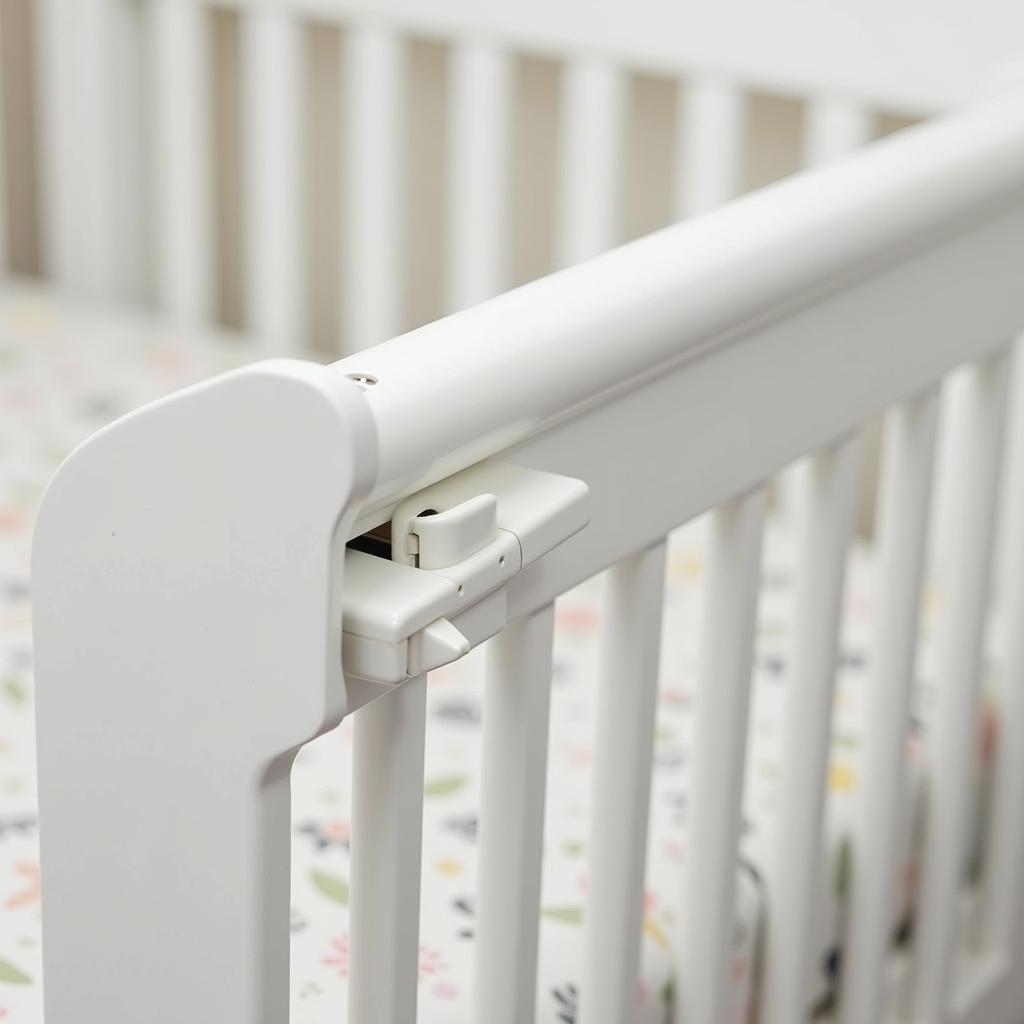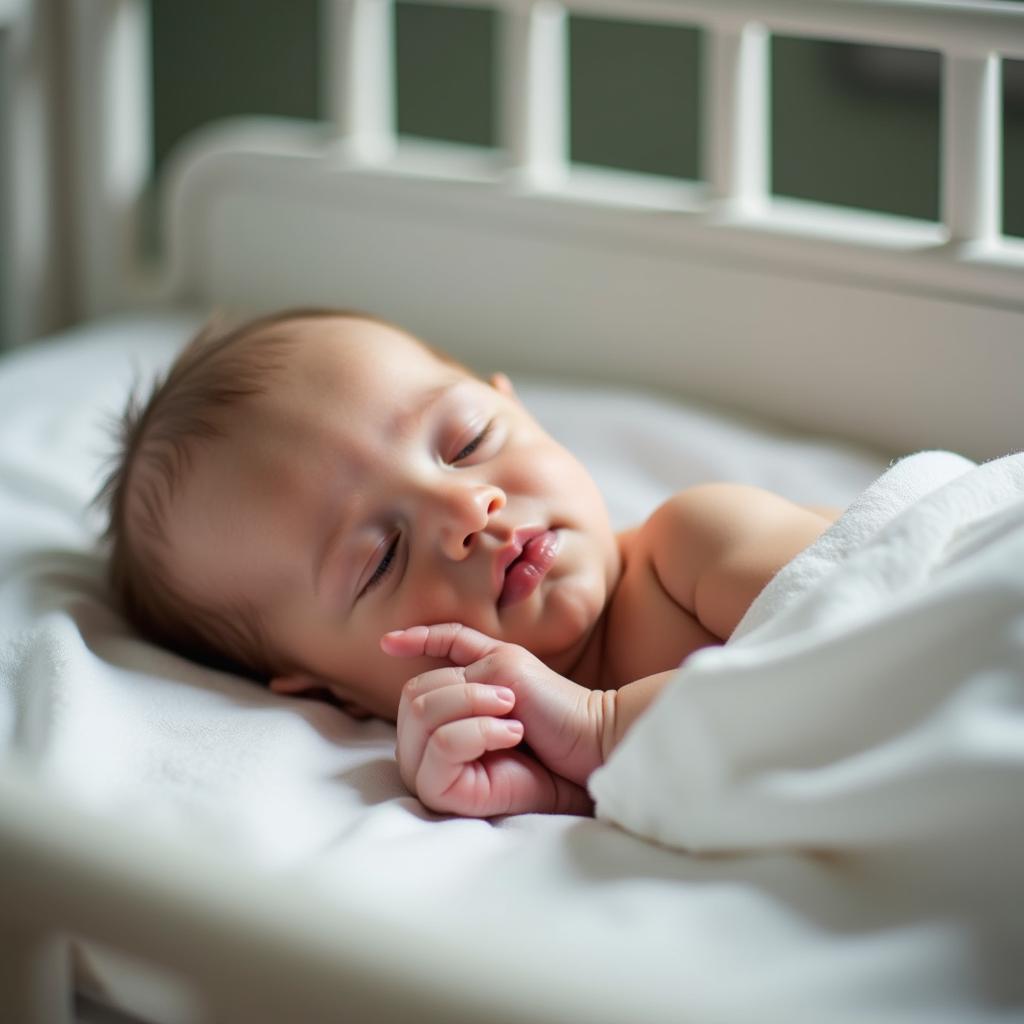Choosing the right crib for a hospital setting is a crucial decision that directly impacts the safety and comfort of newborns and infants receiving medical care. Hospital Cribs, also known as cribs for hospitals, are specially designed to meet the unique needs of this environment, prioritizing hygiene, accessibility, and observation by healthcare professionals.
 Hospital Crib with Adjustable Height and Safety Features
Hospital Crib with Adjustable Height and Safety Features
Key Features of Hospital Cribs
Unlike traditional cribs, hospital cribs prioritize functionality and safety above all else. These cribs are typically constructed from durable, easy-to-clean materials like steel or plastic and often feature adjustable height settings to accommodate various caregiving tasks and examinations.
Safety First
- Sturdy Construction: Hospital cribs are built to withstand rigorous use and frequent cleaning, ensuring a stable and secure environment for infants.
- Secure Latching Systems: Side rails feature hospital latch mechanisms that are easy for medical staff to operate but difficult for infants to disengage, preventing accidental falls.
- Smooth Surfaces: All surfaces are smooth and free of sharp edges or protrusions to minimize the risk of injury.
 Close-Up of Hospital Crib Side Rail with Secure Latch
Close-Up of Hospital Crib Side Rail with Secure Latch
Enhanced Visibility and Accessibility
- Transparent or Semi-Transparent Design: Many hospital cribs are designed with transparent or semi-transparent side panels. This feature allows for easy observation of the infant without the need to disturb them.
- Adjustable Height: The ability to raise and lower the crib bed promotes ergonomic positioning for caregivers and facilitates medical examinations.
- Mobility: Hospital cribs are often equipped with locking casters, enabling effortless movement between rooms or departments.
Hygiene and Infection Control
- Easy-to-Clean Materials: Hospital cribs are manufactured using materials that are resistant to bacteria and other microorganisms, contributing to a hygienic environment.
- Seamless Design: The construction often features minimal crevices or seams, reducing the areas where germs can collect.
Why Hospital Cribs Matter
Hospital cribs play a vital role in ensuring the well-being of infants receiving medical care. “A well-designed hospital crib is more than just a bed; it’s a controlled environment that contributes to both patient safety and optimal care delivery,” says Dr. Emily Carter, a pediatrician with over 15 years of experience in neonatal care. Their unique features directly address the specific needs and challenges of a hospital setting, providing a safe, hygienic, and supportive space for newborns and infants.
 An Infant Sleeping Peacefully in a Hospital Crib
An Infant Sleeping Peacefully in a Hospital Crib
Conclusion
The selection of appropriate hospital cribs is paramount in any healthcare facility that cares for infants. These specialized cribs provide a secure and hygienic environment that allows medical professionals to provide the best possible care. By understanding the key features and benefits of hospital cribs, healthcare institutions can make informed decisions that prioritize the well-being and recovery of their youngest patients.